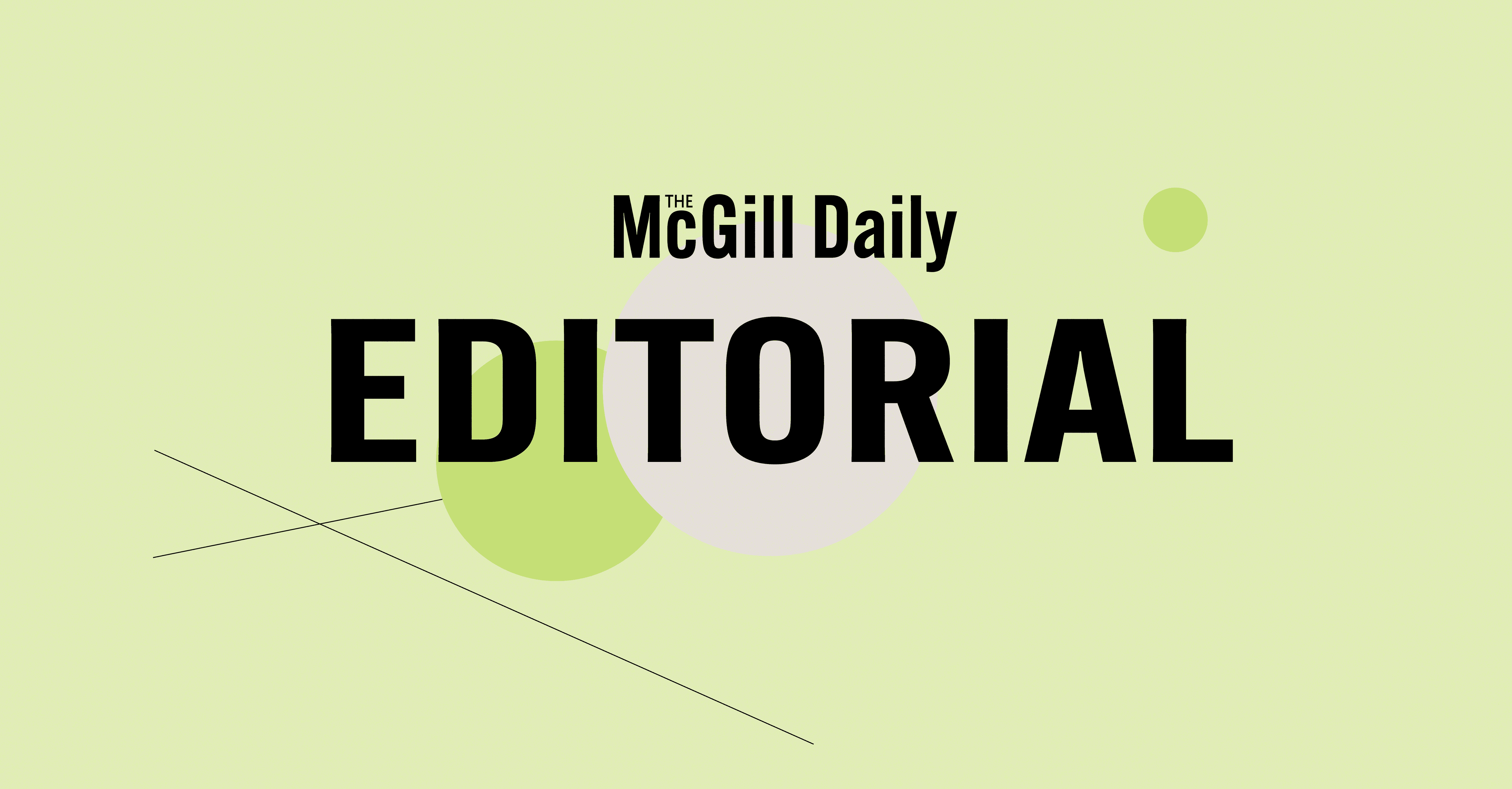Colleges and universities have been a central rite of passage for generations of young adults in Canada and across the world.
At McGill, the end of August signals the beginning of classes. It’s a routine we all have or doubtless will become familiar with. As the leaves turn from green to orange, as the autumn chill settles in, our campus comes alive with the hubbub of students. In a little over a month, midterm season will hit. By the time winter snows arrive, we will be stressed over finals. For new students, it’s the first time many are leaving their homes. For returning students, it might be their second year, their third year, or their last year before they say farewell on the graduation stage.
According to UNESCO, Canada boasts one of the highest post-secondary education rates in the world at nearly 70 per cent, a number only surpassed by Russia and Belarus. A 1999 Ministers’ Report cites post-secondary education as taking a “central role in addressing the challenges of a changing society.” In particular, modern issues — such as the rise of information technology — were foreseen to “affect and [be] influenced by” post-secondary institutions, a prediction which holds ever stronger to this day.
On a similar note, universities have been key to informing the collective conscience of each generation of youth and driving social reform. On its own, Montreal’s university scene has fostered countless such movements through the decades: women’s rights in the first half of the 20th century, the civil rights movement in the 1960s, and more recently, the anti-tuition hike strikes in 2012. In the present, students at McGill have continued to push against injustice in Canada and abroad. Two prominent examples are protests against the university’s New Vic project on potential unmarked Indigenous graves, and Israel’s ongoing genocide in Palestine.
But in spite of their importance to youth internationally — and, in some cases, directly because of it — universities are coming under threat.
Recent years have seen Canadian institutions face budgetary deficits across the board. In 2024, the federal government introduced caps on the number of students from outside of Canada, which led to a reduction in international student enrollment. This, combined with shortfalls in provincial funding, have forced universities across Canada to make drastic operational cuts. The University of Regina has increased tuition for all students by 4 per cent. Waterloo University has been looking to cut spending by $42 million against a $75 million deficit in the 2025 fiscal year, while Dalhousie University and Université de Sherbrooke each face fiscal gaps in excess of $20 million. Last year, Queens University cut student scholarships and smaller music courses in their Faculty of Arts and Sciences in response to a budgetary shortfall of $35.7 million.
Here at McGill, administrators are tackling a $15 million shortfall this fiscal year and an expected $45 million for 2026 — numbers which, in a February town hall, President Deep Saini warned could accumulate to $194 million by 2028 if no action is taken. These measures came in the wake of Quebec Premier François Legault’s tuition hikes for out-of-province and international students. Sixty staff layoffs were announced in May, fewer than the 99 initially estimated, though it remains to be seen what further measures McGill administration will be taking in the new academic year. The Daily warned against many of McGill’s proposed cuts, which would have disproportionately affected our university’s Arts programs.
These problems are not unique to Canadian institutions. In the United Kingdom, over 40 per cent of universities have reported deficits this year, in spite of austerity measures: a number which has been steadily increasing over the last five years. Like in Canada, this shortfall has been attributed to a decrease in international student enrollment. This figure balloons to over 80 per cent in France, where it led to over one billion euros of cuts to higher education and research this year.
These issues have been most pressing in the United States, under the Trump administration’s blatant crusade against academia. Wielding claims of antisemitism and “woke” indoctrination, President Donald Trump has either threatened or proceeded to cut federal funding from multiple major institutions. Simultaneously, international students have been systematically targeted by immigration officials, often for political reasons. Federal grant organizations have also dramatically rolled back funding for graduate students and post-doctoral researchers.
The plight of Western higher education is growing in tandem with a looming labour crisis among post-secondary graduates. According to Statistics Canada, Canadian youth between 15 and 24 are facing the worst employment prospects in nearly 30 years, with inflation and population growth tagged as the two primary culprits. An even more worrying trend is emerging south of the border, where unemployment among young graduates is significantly exceeding the overall American rate of joblessness. In particular, the payoff of getting an undergraduate degree seems to be quickly dwindling: young male college graduates are now facing unemployment at the same rate as non-graduates, while just over a decade ago they were only half as likely to be without jobs.
Higher education is in crisis. Political agendas and the current economic storm are diminishing the value of post-secondary education. To abandon our universities is to abandon possibilities for the coming generations. It is egregious and unpardonable that policymakers, whether by neglect or deliberate intent, are driving the erosion of our academic institutions.
